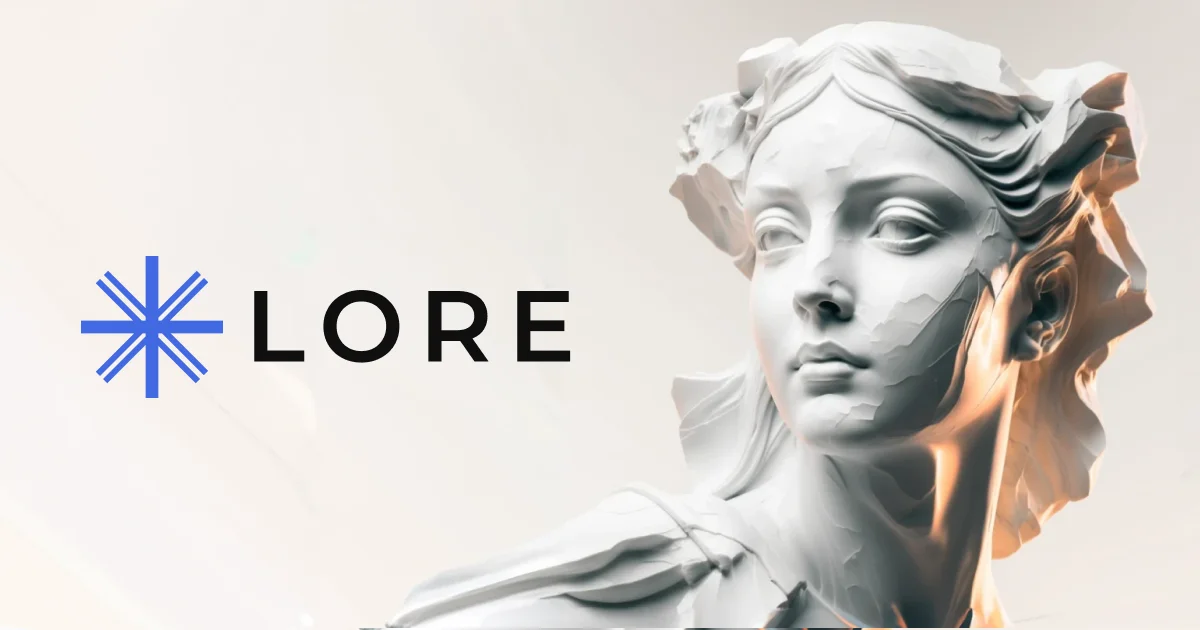Computer Vision
AI field that enables computers to interpret and understand visual information from images and videos
What is Computer Vision?
Computer Vision is a field of artificial intelligence that trains computers to interpret and understand visual information from the world around us. Using digital images from cameras and videos, machine learning models, and deep learning algorithms, computer vision systems can identify and classify objects, track movement, and even understand complex scenes.
Think of computer vision as giving machines the ability to "see" and understand what they're looking at, much like human vision but potentially with greater precision and consistency. When your phone recognizes your face to unlock, when autonomous vehicles detect pedestrians, or when medical AI analyzes X-rays, you're witnessing computer vision in action.
Modern computer vision has been revolutionized by deep learning and neural networks, particularly convolutional neural networks (CNNs). Today's systems can perform tasks that were impossible just a decade ago, from real-time object detection to generating detailed descriptions of complex scenes, enabling countless applications across industries.
Core Computer Vision Tasks
Image Classification
Identifying what's in an image by assigning it to one or more categories. The fundamental task that determines the main subject or content of an image.
Object Detection
Locating and identifying multiple objects within an image, providing both what the objects are and where they are located with bounding boxes.
Image Segmentation
Dividing an image into segments or regions, identifying the exact pixels that belong to each object for precise understanding of scene composition.
Facial Recognition
Identifying and verifying individuals based on facial features, enabling authentication and tracking applications across various domains.
Optical Character Recognition (OCR)
Converting printed or handwritten text in images into machine-readable text, enabling digitization and automated document processing.
How Computer Vision Works
1. Image Acquisition
Cameras, sensors, or other devices capture visual information and convert it into digital format that computers can process.
2. Preprocessing
Raw images are cleaned, enhanced, and normalized to improve quality and ensure consistent input for the analysis algorithms.
3. Feature Extraction
AI algorithms identify important visual features like edges, shapes, textures, and patterns that are relevant for the specific task.
4. Analysis & Classification
Machine learning models analyze extracted features to make decisions, classify objects, or provide insights based on the visual data.
5. Output Generation
Results are formatted and presented in actionable formats like labels, coordinates, confidence scores, or detailed reports.
6. Feedback & Learning
Systems can be continuously improved through feedback, additional training data, and model refinements based on real-world performance.
Business Applications
Manufacturing & Quality Control
Automate inspection processes to detect defects, ensure product quality, and maintain consistency across production lines with superhuman accuracy and speed.
Healthcare & Medical Imaging
Analyze medical images like X-rays, MRIs, and CT scans to assist in diagnosis, detect anomalies, and support medical professionals in patient care decisions.
Retail & E-commerce
Enable visual search, automated checkout, inventory management, and personalized shopping experiences through image recognition and analysis.
Security & Surveillance
Monitor facilities, detect suspicious activities, identify individuals, and enhance safety through intelligent video analysis and real-time alerts.
Autonomous Vehicles
Enable self-driving cars to navigate safely by detecting pedestrians, vehicles, traffic signs, and road conditions in real-time.
Computer Vision Technologies & Tools (2025)
Deep Learning Frameworks
- PyTorch Meta/Research
- TensorFlow Google
- OpenCV Open Source
- Keras High-level API
Cloud Vision APIs
- Google Cloud Vision Cloud Service
- Amazon Rekognition AWS
- Azure Computer Vision Microsoft
- Clarifai Specialized
Pre-trained Models
- YOLO (You Only Look Once) Object Detection
- ResNet Image Classification
- Mask R-CNN Instance Segmentation
- EfficientNet Efficient Architecture
Specialized Hardware
- NVIDIA GPUs Training/Inference
- Google TPUs ML Acceleration
- Intel Movidius Edge Computing
- Apple Neural Engine Mobile Devices
Implementation Best Practices
Data Strategy
- • Collect diverse, high-quality training images
- • Ensure proper data labeling and annotation
- • Address bias in datasets and algorithms
- • Plan for continuous data collection
Technical Considerations
- • Balance accuracy with computational efficiency
- • Consider real-time vs. batch processing needs
- • Plan for edge deployment and offline scenarios
- • Implement robust error handling and fallbacks
